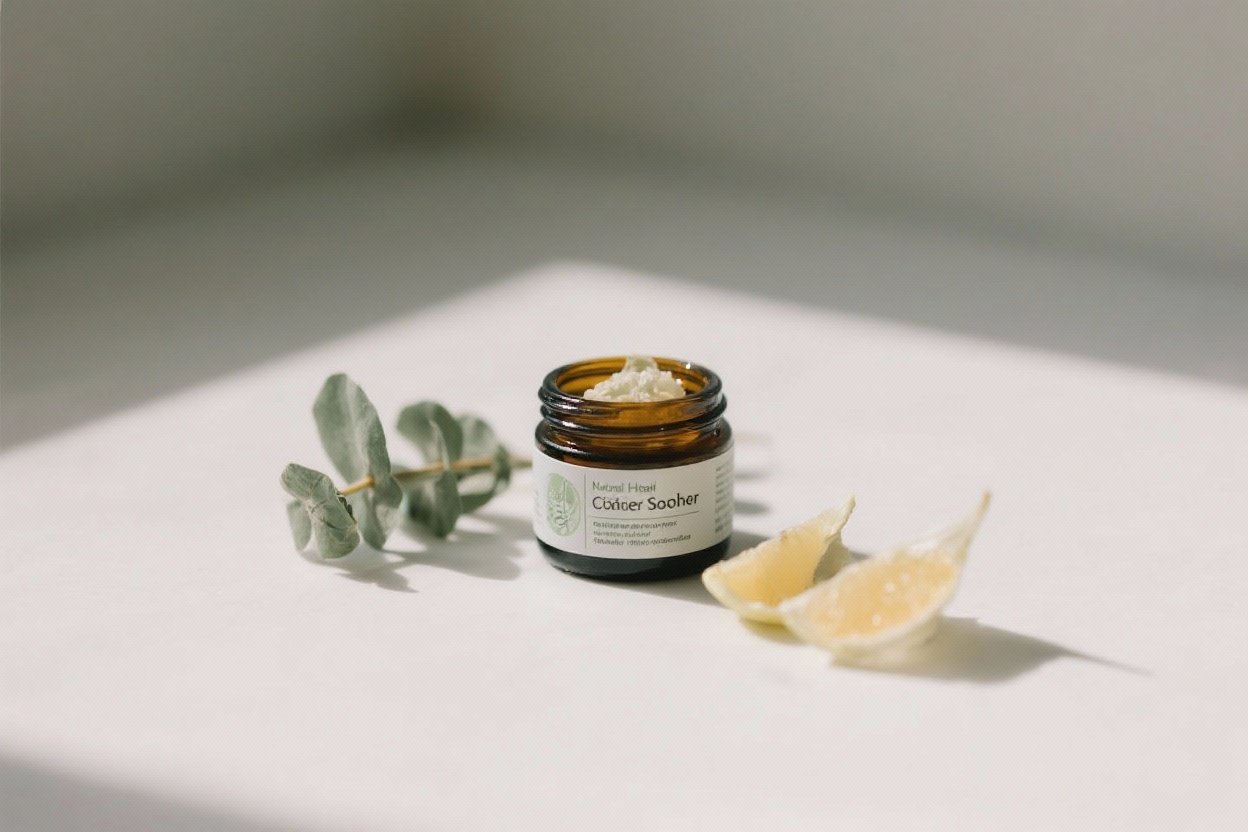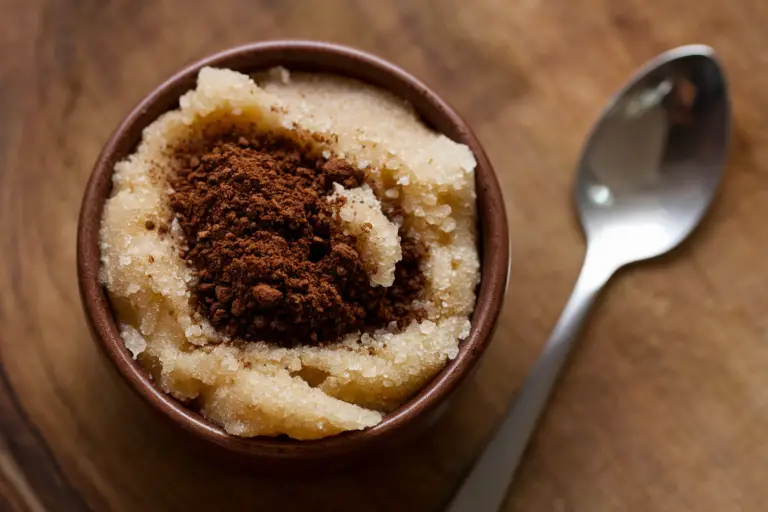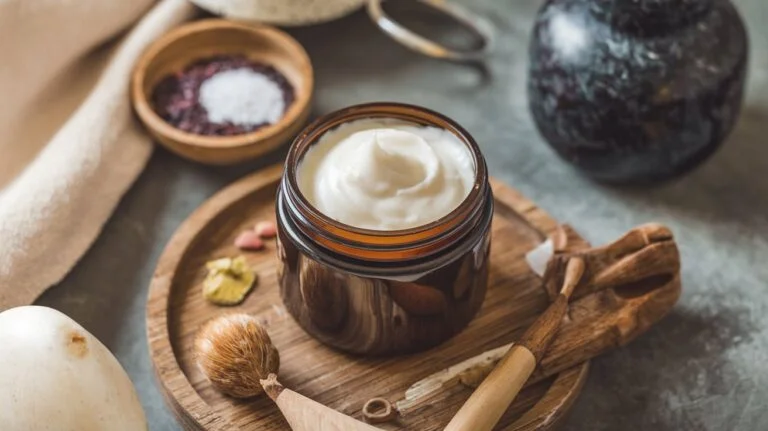Natural Headache Soother
Head pounding like a marching band? Lights too bright, sounds too loud, and your brain feels like it’s staging a rebellion? You don’t need a magic pill every time.
You can soothe a headache with simple, natural tricks that work with your body—not against it. Let’s get you from “ow” to “ahh” without a pharmacy run.
First, Know Your Headache
Not all headaches act the same, so don’t treat them like identical twins. A tension headache feels like a tight headband.
📖 Get Access to 50+ Printable Smoothie Recipes Instantly! 🖨️
Boost your health with delicious smoothies! These easy-to-follow printable recipe eBooks are perfect for detoxing, fitness goals, and tasty plant-based living. Available for instant download on Etsy! 🌿✨
A migraine shows up with throbbing pain, nausea, and “please turn off the sun” vibes. Dehydration headaches love to crash your day after you forgot to drink water. Quick self-check:
- Tension: pressure on both sides of your head, often neck or shoulder tightness too
- Migraine: throbbing on one side, sensitivity to light/sound, maybe nausea or aura
- Dehydration: dull, persistent ache, dry mouth, low energy
- Sinus: pain around eyes, cheekbones, worse when you bend forward
Knowing the type helps you pick the right soother and skip the guesswork.
Hydrate Like You Mean It
Hot take: many headaches are just your brain asking for a drink. Dehydration thickens your blood a bit and makes your brain less happy—cue the ache. Do this:
- Drink 12–20 oz of water slowly.
Add a pinch of mineral salt or a squeeze of lemon for electrolytes.
- Try coconut water if you need a tasty assist.
- Avoid chugging ice-cold water if your stomach hates it—room temp works fine.
What about caffeine?
Caffeine can help by narrowing blood vessels and improving pain relief. But it’s a double-edged sword. If you rely on it daily, withdrawal headaches can creep in.
FYI: a small coffee or green tea can help early in a headache, but don’t overdo it late in the day unless you enjoy staring at the ceiling at 2 a.m.
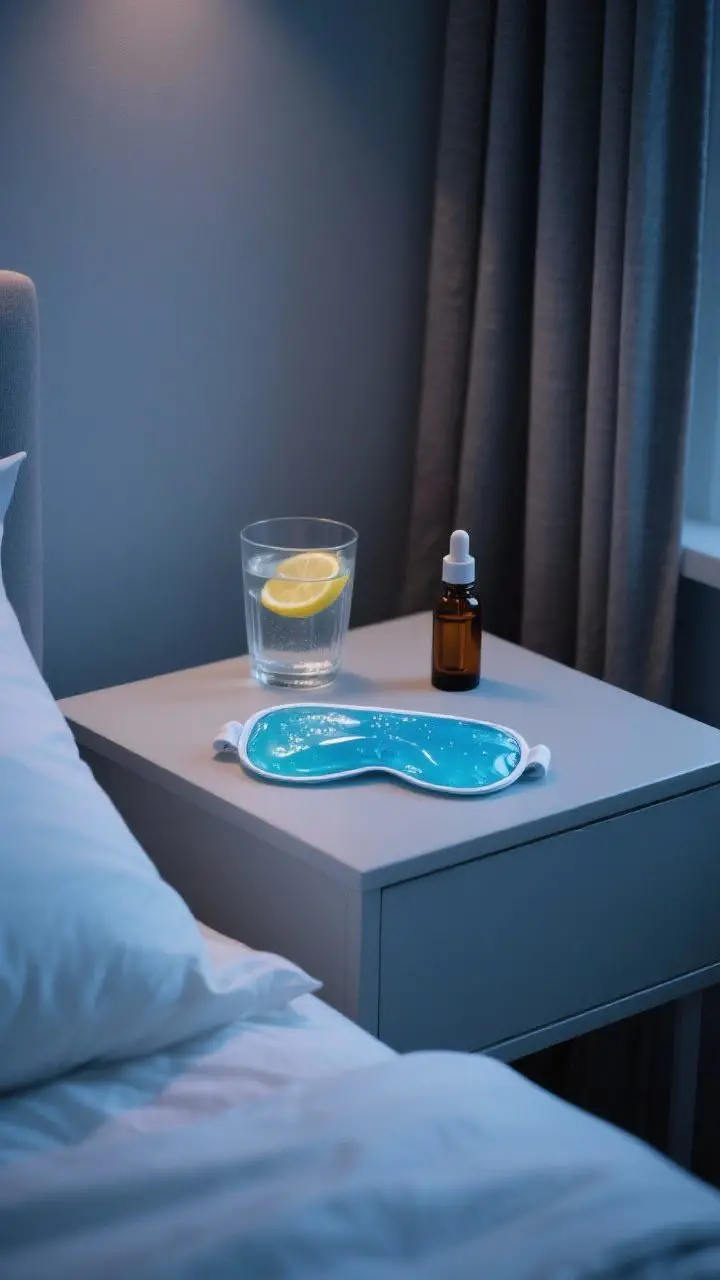
Heat, Cold, and Pressure: Choose Your Tool
Your head loves temperature therapy—if you use it right. Tension headaches relax with warmth. Migraines often calm down with cold. Try these combos:
- Tension: Warm compress on neck and shoulders for 10–15 minutes.
Then gentle neck stretches.
- Migraine: Ice pack or a cold gel mask across the forehead or back of neck for 10 minutes on, 10 off.
- Sinus: Warm compress over cheeks and bridge of nose to open things up.
The pressure point trick
Press the fleshy spot between your thumb and index finger (acupressure point LI4) for 60–90 seconds each hand. Apply firm, steady pressure—enough to feel it, not enough to make you swear. It won’t erase migraines, but it can dial down tension.
Magnesium: The Unsung Hero
If headaches visit you like a pushy neighbor, magnesium might help.
It relaxes blood vessels, calms the nervous system, and supports muscle function. IMO, it’s a top-tier natural helper. Options to try:
- Magnesium glycinate: gentle on the gut; great for daily use (100–200 mg at night to start).
- Magnesium citrate: more laxative; useful if you also, um, need “movement.”
- Topical magnesium oil: spray on shoulders/neck if oral supplements bug your stomach.
Talk to your healthcare pro if you take medications or have kidney issues. No heroics.
Foods with magnesium
Leafy greens, pumpkin seeds, almonds, dark chocolate (70%+), avocado.
Yes, chocolate—but not the sugary candy-bar situation. Balance, friends.
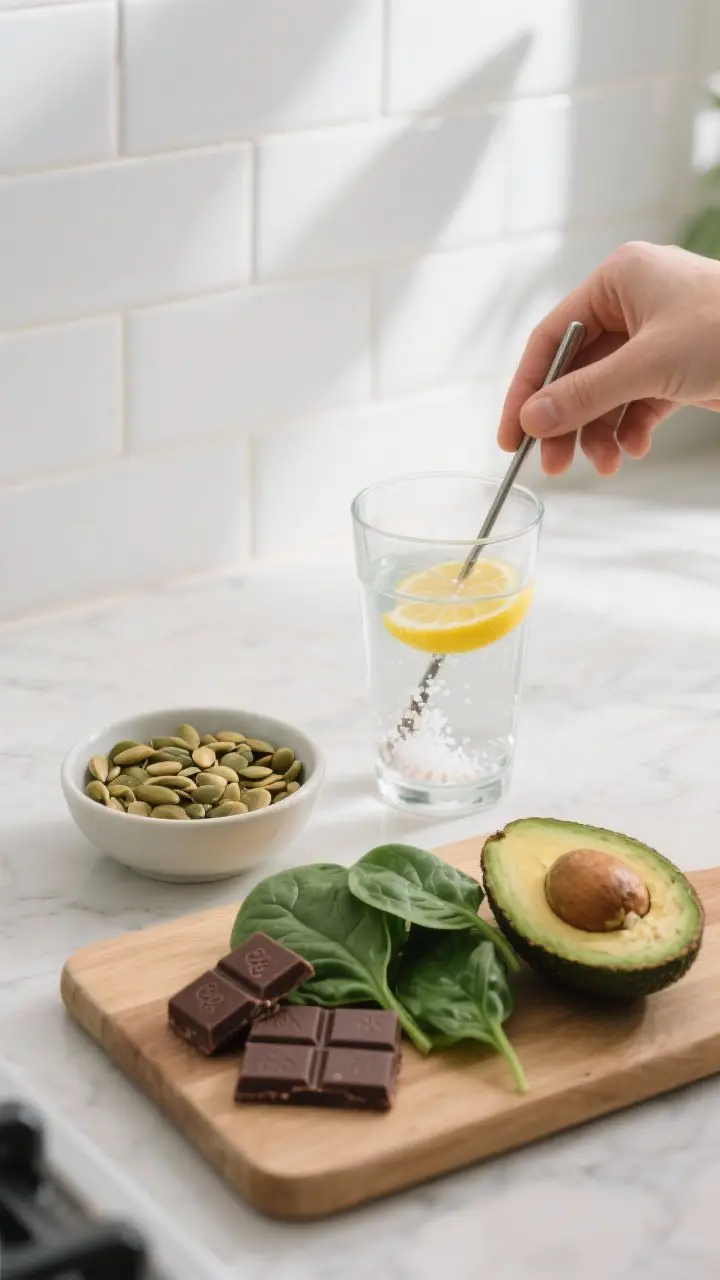
Herbal Helpers That Actually Do Something
You don’t need a cupboard full of tinctures to feel better. Just a few proven picks. For quick relief:
- Peppermint oil: Dilute 1–2 drops in a teaspoon of carrier oil and massage into temples and neck.
Cooling and soothing.
- Ginger tea: Fresh slices in hot water or a good-quality tea bag. It helps nausea and inflammation.
- Lavender oil: Inhale from the bottle or diffuser for 10 minutes. Calms stressy brains.
For migraine-prone folks:
- Riboflavin (B2): 200–400 mg/day may reduce frequency over time.
- CoQ10: 100 mg 2–3x/day can help energy metabolism in brain cells.
- Butterbur or feverfew: Some evidence, but quality and safety vary.
Choose standardized, reputable brands and check interactions.
Tea combos that hit the spot
Try peppermint + ginger for tension/migraine. Or chamomile + lemon balm before bed if stress sets off your headaches. Add honey if you want to feel fancy.
Move, Breathe, and Un-knot Your Neck
Your posture and stress level love to team up and start trouble.
You can break the cycle in 5 minutes. Mini routine (no yoga mat required):
- Shoulder rolls: 10 forward, 10 back.
- Chin tucks: gently glide your chin back (double-chin chic) and hold for 5 seconds, repeat 8–10 times.
- Upper trap stretch: ear toward shoulder, hold 20–30 seconds each side.
- Box breathing: inhale 4, hold 4, exhale 4, hold 4—repeat for 2 minutes.
Screen sanity check
Lower screen brightness, turn on blue light filters after sunset, and set reminders to blink (yes, really). Place your monitor at eye height. Your neck will write you a thank-you note.
Eat, Sleep, and Track the Triggers
Headaches love chaos.
You can outsmart them with a little routine. Keep these habits tight:
- Regular meals: Don’t let your blood sugar yo-yo. Protein + fiber at each meal.
- Steady sleep: Same bedtime, same wake-up. Weekends too (sorry).
- Identify triggers: A short headache diary works wonders—note sleep, stress, hormones, weather, foods, hydration.
Common culprits
- Skipping meals, dehydration, too much or too little caffeine
- Alcohol (red wine gets the blame for a reason)
- Aged cheeses, processed meats, artificial sweeteners for some people
- Perfumes and strong cleaning products—nose on fire, head follows
FYI: everyone’s triggers differ.
Test, don’t guess.
When to Reach for Over-the-Counter Help (and When Not To)
Natural doesn’t mean “never touch meds.” If your head feels like a drum solo, a dose of ibuprofen or acetaminophen can save the day. Just don’t turn it into a daily habit. Smart strategy:
- Use the lowest effective dose, as early as possible.
- Limit to 2–3 days per week to avoid rebound headaches.
- Pair with water, light snack, and a cold or warm compress for a one-two punch.
Red flags—don’t DIY these
Call a medical pro ASAP if you have:
- Sudden “worst headache of your life”
- Headache with fever, stiff neck, confusion, weakness, or vision changes
- New or worsening headaches after a head injury
- Headaches that disrupt life regularly despite your best efforts
No heroics. Get checked.
FAQs
Can I treat a migraine naturally without meds?
You can often reduce intensity with cold packs, dark quiet rooms, hydration with electrolytes, ginger tea, magnesium, and careful caffeine use.
Some folks also benefit from riboflavin or CoQ10 over time. That said, if your migraines floor you, talk to a clinician about triptans or newer migraine-specific meds. Natural and medical approaches can play nicely together.
Is peppermint oil safe to use on skin?
Yes—if you dilute it.
Mix 1–2 drops with a teaspoon of carrier oil (coconut, jojoba, olive). Keep it away from eyes and broken skin. If your skin gets irritated, wash with mild soap and switch to lavender or a cooling gel mask instead.
How fast does magnesium work for headaches?
For prevention, think weeks, not hours.
Many people notice fewer headaches after 2–4 weeks of consistent magnesium. For an active headache, magnesium won’t always stop it immediately, but some people feel a gentle easing—especially if tension plays a role.
What’s the best natural option for a sinus headache?
Warm compresses, steam inhalation (hello, hot shower), hydration, and saline nasal rinses help most. Add ginger or peppermint tea for comfort.
If your symptoms drag on or you have fever and thick discolored mucus, check in with a clinician.
Do blue light glasses actually help?
If screens trigger your headaches, they can help reduce eye strain, especially in the evening. They’re not a cure, but paired with screen breaks, brightness tweaks, and good posture, they make a noticeable difference. IMO, worth trying if you work on screens all day.
Are there quick fixes when I’m at work with no supplies?
Yes.
Drink water, step outside for 5 minutes of fresh air, do shoulder rolls and chin tucks, press the LI4 point, and lower screen brightness. Close your eyes and try box breathing. It’s not spa-level, but it can take the edge off fast.
Conclusion
You don’t need a complicated routine to calm a headache.
Hydrate, use heat or cold wisely, loosen your neck, try peppermint and ginger, and consider magnesium for the long game. Track your triggers and catch headaches early—small moves, big relief. And if your head goes nuclear, get help.
Your brain deserves peace and quiet, not constant drama.

